Presidio Purse: Choosing Fabric
Let’s get this sewalong started! [If, during this post or any other in the sewalong, you have a specific question, just ask! ] The first step is choosing fabric. In this post, I’ll talk through fabric choices for the body, lining, and interfacing.
Body
The pattern calls for canvas, upholstery fabrics, denim, corduroy, or heavy twills for the body of the purse. You want something sturdy. If you are a beginning sewist, I recommend canvas, denim, or a heavy twill as cotton is easy to press (unlike many upholstery fabrics) and corduroy requires working with a nap. The thicker and stiffer your fabric is (i.e. the less drape it has), the more the purse will hold its shape on its own. However, I think it also looks lovely as a slouchy bag, so this isn’t something you need to stress about (and we will discuss interfacing your purse to add stiffness in a future post). Also, you must sew through several layers of fabric when sewing the handle so beginning sewists may want to steer away from the bulkiest fabrics.
If you are an intermediate or advanced sewist, there is a whole world of other fabric options for the body. You can use just about any fabric for the exterior (that has no stretch) if you are willing to interface or interline it (more on how to do that later in the sewalong).
A note on body fabric choices from the aesthetic side – remember that you will be carrying this purse (hopefully a lot!) and so it will get dirty to a much greater extent than a wearable garment. To that end, you might want to steer clear of very light colored fabrics and fabrics that will snag or mat. Prints allow dirt smudges to camouflage. Also, think about the way the front inset panels will behave with your fabric choice. The gathered inset looks great with solid colored or small print fabrics but might get lost in a larger print. The plain inset is awesome for setting in a contrast fabric, so think about what might coordinate with your main fabric.
Lining
The pattern calls for quilting weight cottons and lightweight twills for the lining. If you are a beginning sewist, stick to cotton for the lining because having a fabric that presses nicely will make it much easier to assemble the pockets. If you are an intermediate or advanced sewist, you can also use traditional lining fabrics (polyester or rayon/bemberg) or consider any flashy fashion fabric that has no stretch. The lining is a great place to use fun and funky fabrics without affecting the daily usability of your purse.
Interfacing
For the interfacing (to be used on the handles), I recommend a medium weight woven interfacing. If you use too heavy of an interfacing, it will be very hard to manipulate the handles (both sewing through many layers and turning them right side out).

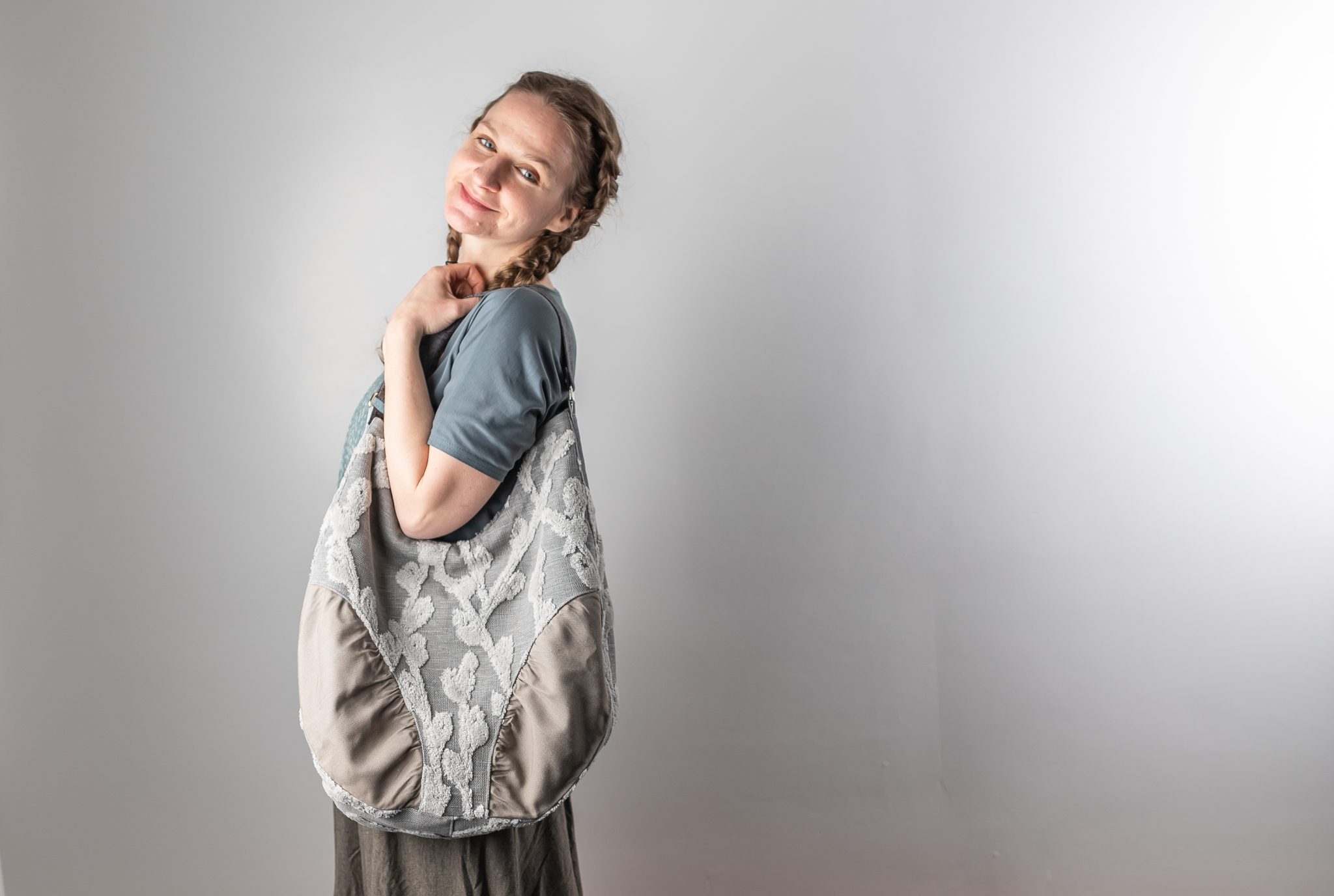

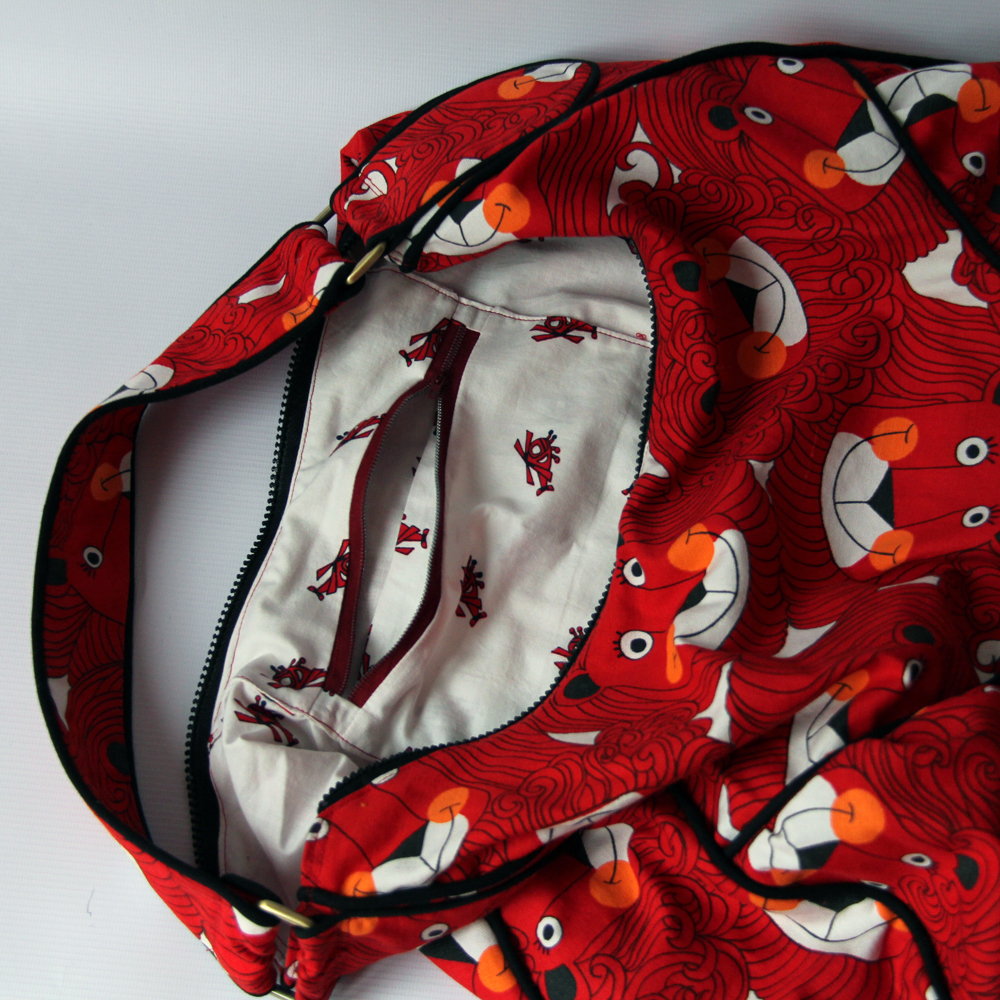

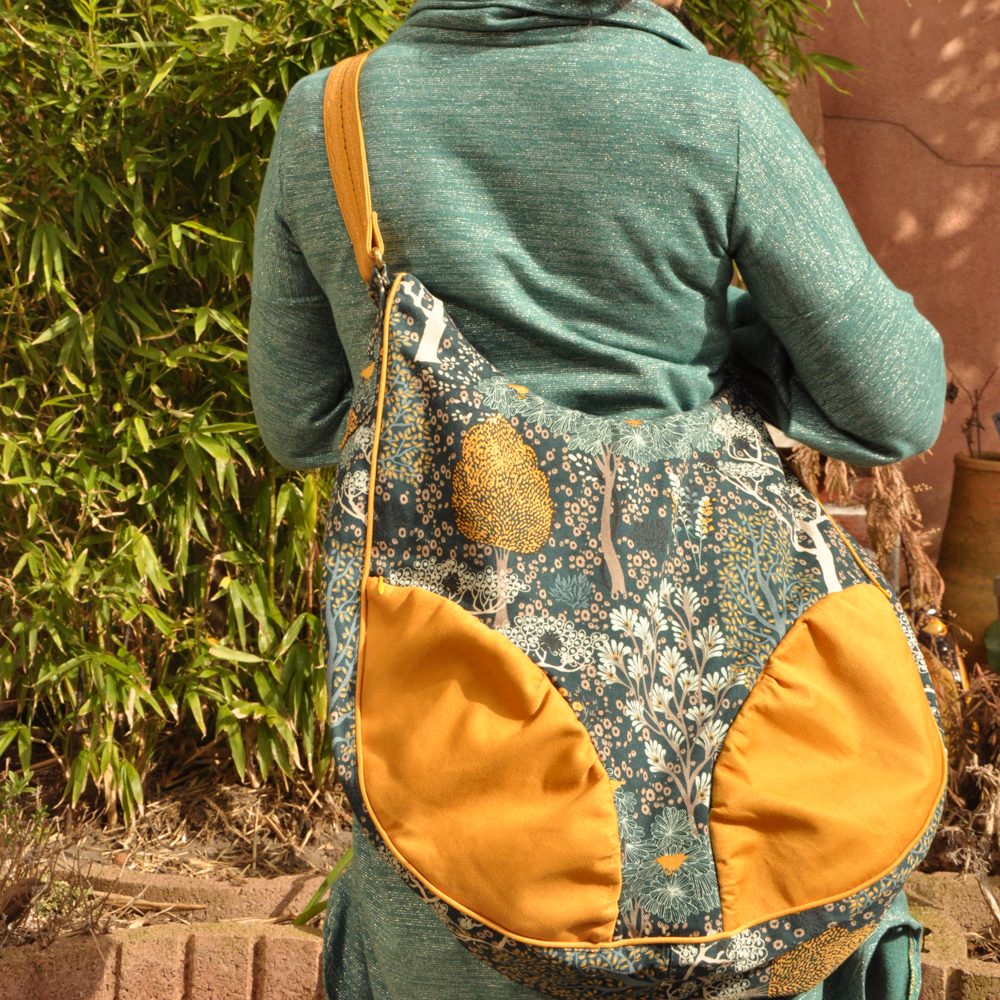
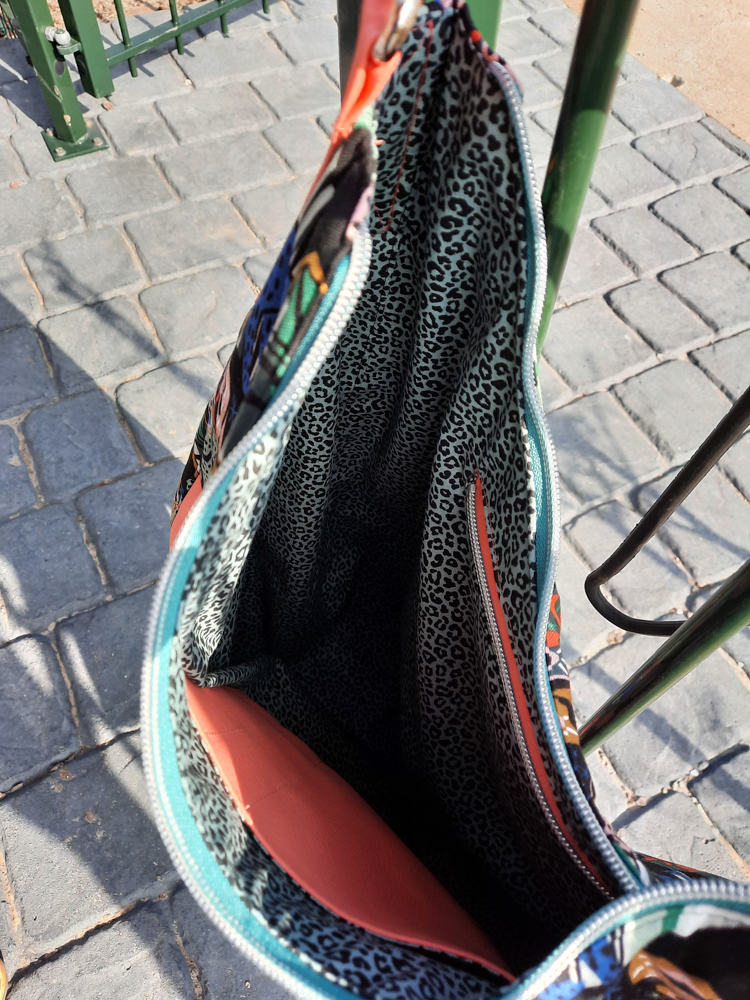
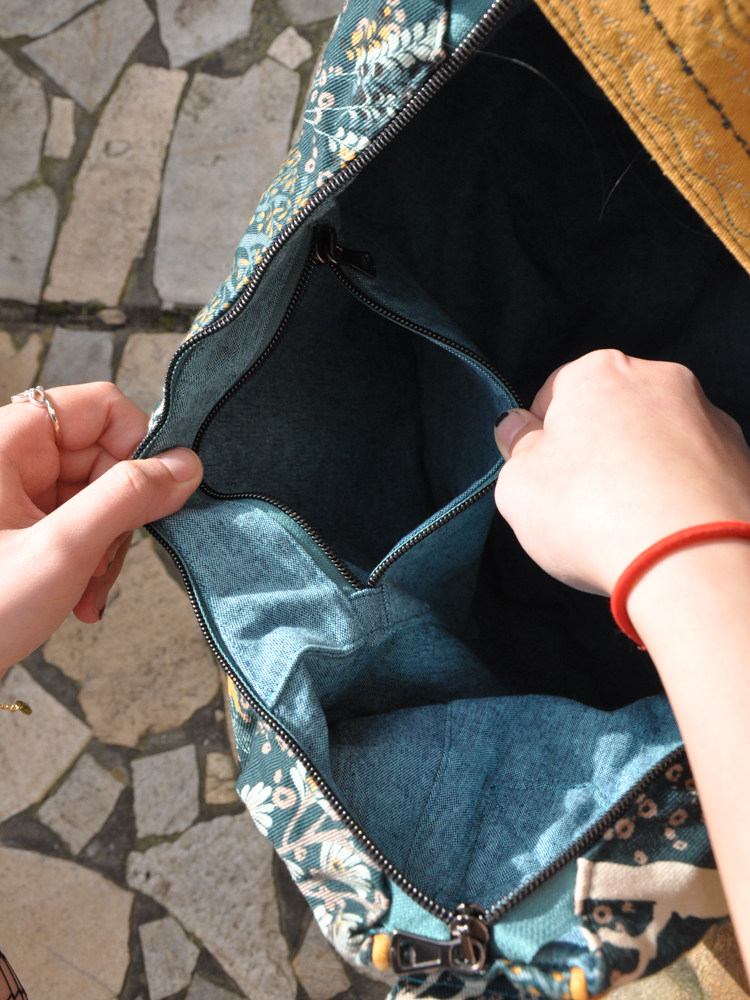
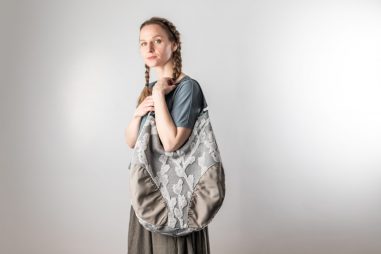
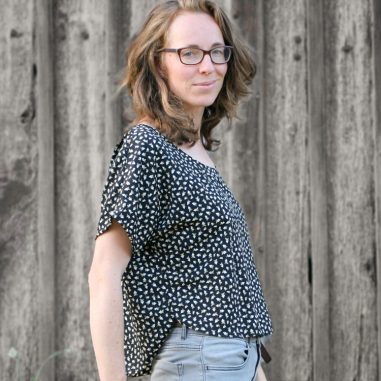
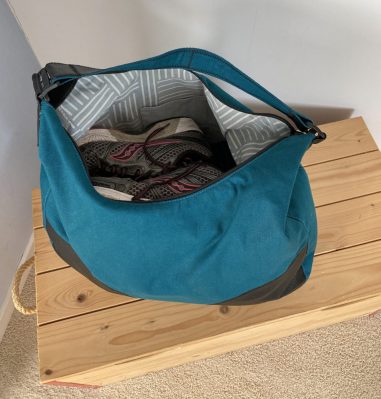

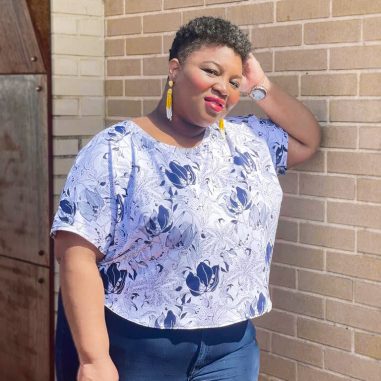

I’m so excited about this sewalong! I think I changed my mind and want a Presidio for myself now that I’ve seen so many other versions of it. I need order the D-rings online since I couldn’t find them at the hardware stores locally, though. Can’t wait!
I am so stoked about a sewalong for this! I wanted to make another one and this perfect!
I think I will try to get my fabric and join you for another one. I would like to attempt a leather version.
Yay! I’ve been daydreaming about trying leather myself. Can’t wait to see what yours looks like!!
Okay, you talked me into it; I’ll make another one. This time I’ll be using a light weight canvas print I picked up in Denver. It has a more tradition print with a large symmetrical design. I’ll be making the version without the inset and the handle with out the D ring.
I’m in! I decided on some natural colour (cream coloured) hemp canvas with navy blue trim. I picked up my notions as well but since there were no rectangle rings, I pick up some 2″ D-shaped rings. Do you think these will work? (I see you discussed the rings in today’s post but if I have to order them, they’ll likely take some time to get to me & I’m hoping to follow the sew-along in real time.)
Yay! Yes, D-shaped rings will work, but they will require a bit of fudging/tricky sewing when you sew them onto the handle. Intermediate sewers should be able to handle it.
Great! I’ll consider it an extra challenge. :) Thanks for replying!
What’s the most layers you need to sew through at any one time? I am looking at buying a machine that will handle thicker fabric so I can make purses, and want to know how many layers to use when testing machines.
Thanks!
There are six layers at the most at the same time in the Conifer Skirt. Enjoy your machine shopping!